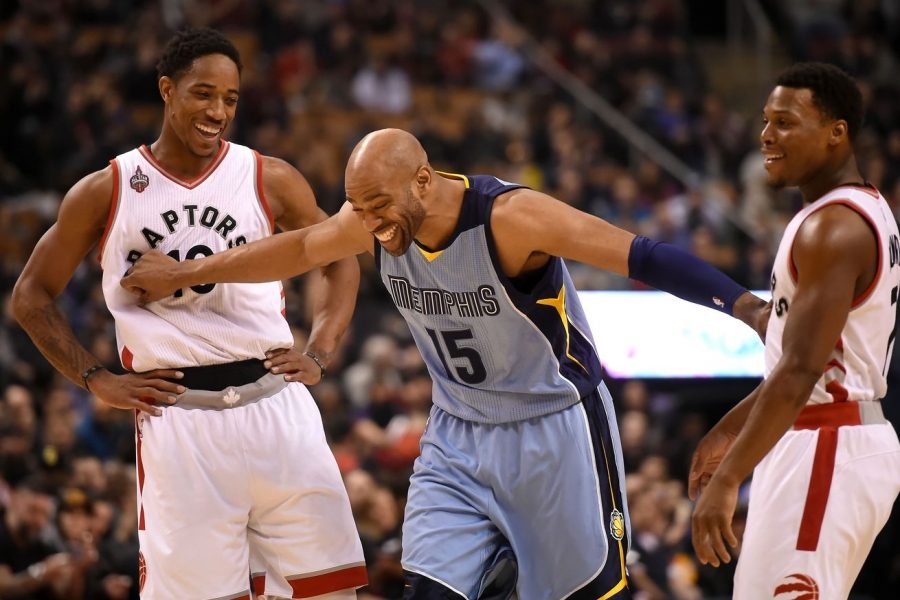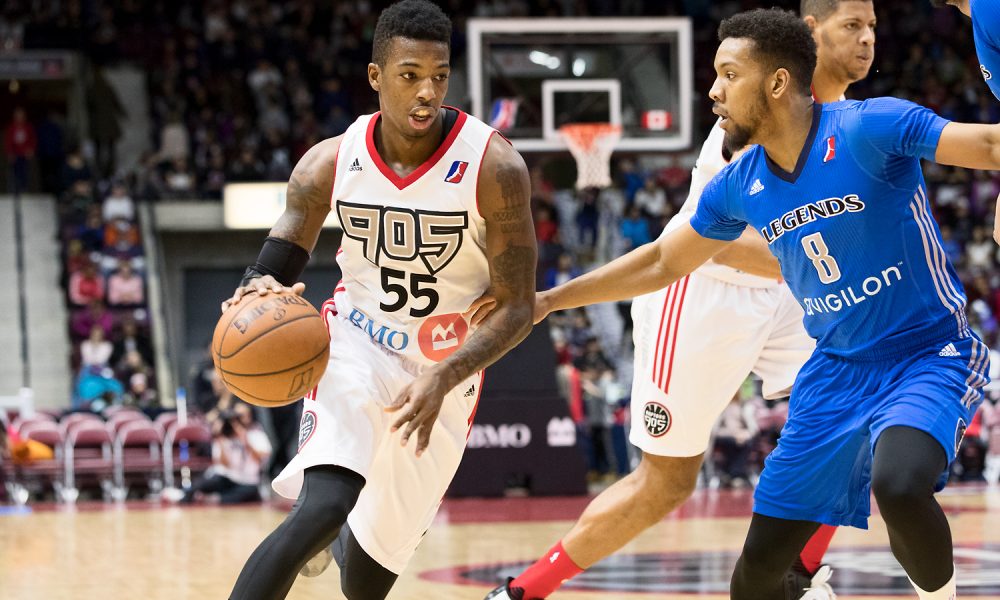Raptors Playbook: Iverson Series Counters
Over at the Raptors Playbook YouTube channel (@RaptorsPlaybook on Twitter), I am breaking down the X’s & O’s of the Toronto Raptors every Wednesday. This week, we’ll focus on the Toronto Raptors Iverson Series and the counters that stem from it. Watch the video embedded below alongside the summary written, and remember to follow and subscribe to never miss out on a video.
The counters that the Toronto Raptors use out of their Iverson Series evidently stem from an Iverson cut. For the uninitiated, this is when a player, most likely DeMar DeRozan, starts out on one wing and cuts across the free throw line to the other side of the court while using two screens.

This action can be effective itself, but as a result of its simplicity, the offense has to prepare secondary and tertiary alternatives to attack the defense if the primary action is defended properly.
Counter #1 – Fist Up
The first counter is a high pick and roll after an Iverson cut has been made. While this is simple as well, the off ball defenders are often paying so much attention to DeRozan’s off ball movement that it allows for the primary ball handler, such as Kyle Lowry or Cory Joseph, to attack in a spread pick and roll.
After receiving a screen in the middle of the floor, Lowry or Joseph are often able to draw the attention of two defenders, allowing Jonas Valanciunas to roll freely to the rim. If a third defender does not “tag” his roll to the rim, he becomes an easy target to finish effectively. Examples of this can be seen starting at 0:03.
If the defense does not assign two defenders to the ballhandler after the high screen, Lowry and Joseph can attack downhill against a backpedaling big man, or pull up for an above-the-break three pointer against a centre sagging into the lane. Examples of this scenario start at 0:33.
Counter #2 – DHO & Weakside Pindown
The next counter starts with an entry pass to the strongside elbow screener, which triggers a down screen and a DHO (dribble handoff) for the player in the strongside corner. They will attack into the middle of the floor, while a similar action happens off-ball on the weakside, with a pindown happening there as well. Unlike the high pick and roll, this counter is actually for the initial scoring threat, which is typically DeRozan. Examples of this can be seen starting at 1:30.
Counter #3 – Weakside Step Up/Blind Pig
The last counter that stems from the Iverson series involves the initial threat, the Iverson cutter, receiving a pass after they have used both screens. Immediately after that, they will pass the ball back to the primary ballhandler above the arc and receive a step up ball screen. If they are denied the pass, the screener will step up even higher and receive the pass for them and drop the pass behind. This action is similar to how The Triangle dictates ball movement when a player is denied the ball while they are situated above the arc. This is often referred to as Blind Pig and can be seen starting at 2:33 with examples of step-up ball screens.



